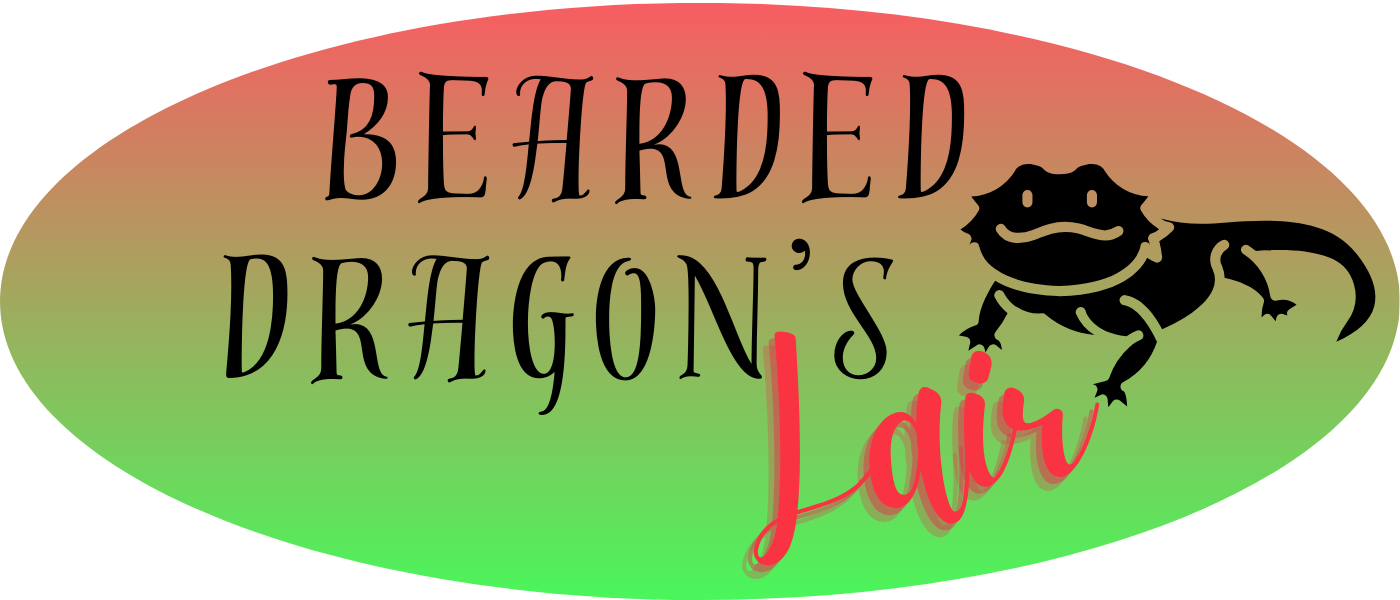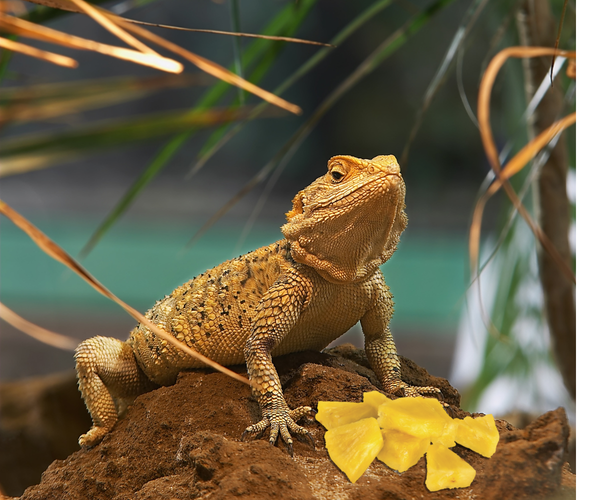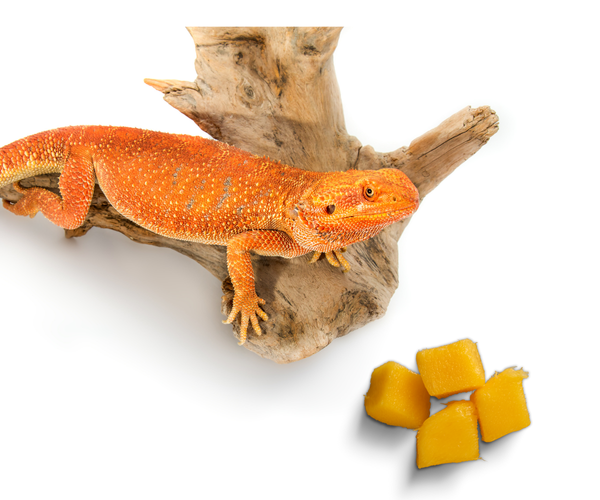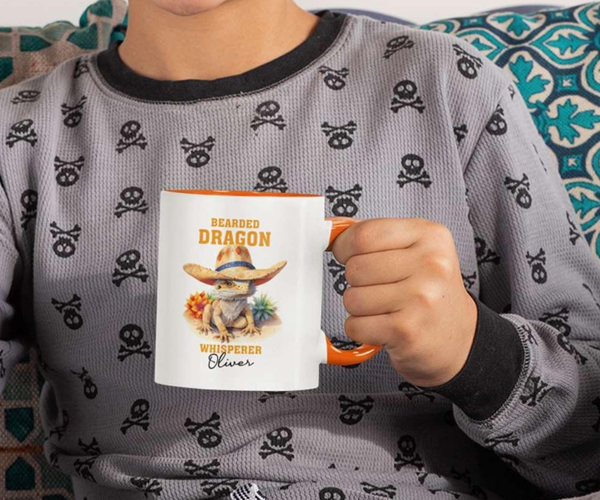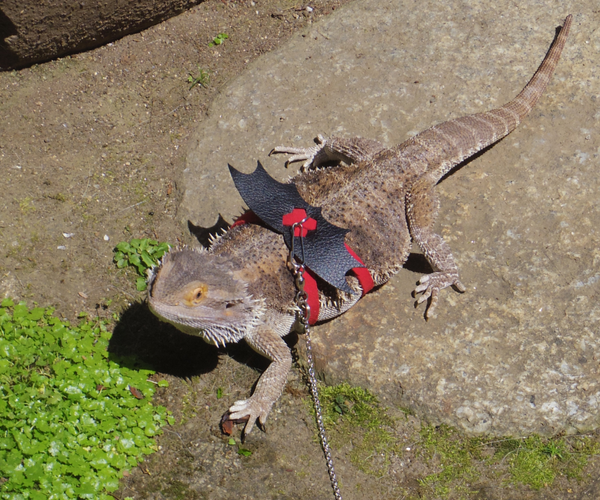What Flowers Can Bearded Dragons Eat?
Organic or home-grown flowers are the safest options. Remember, not all flowers are safe, and some can be toxic, so proper identification is key.
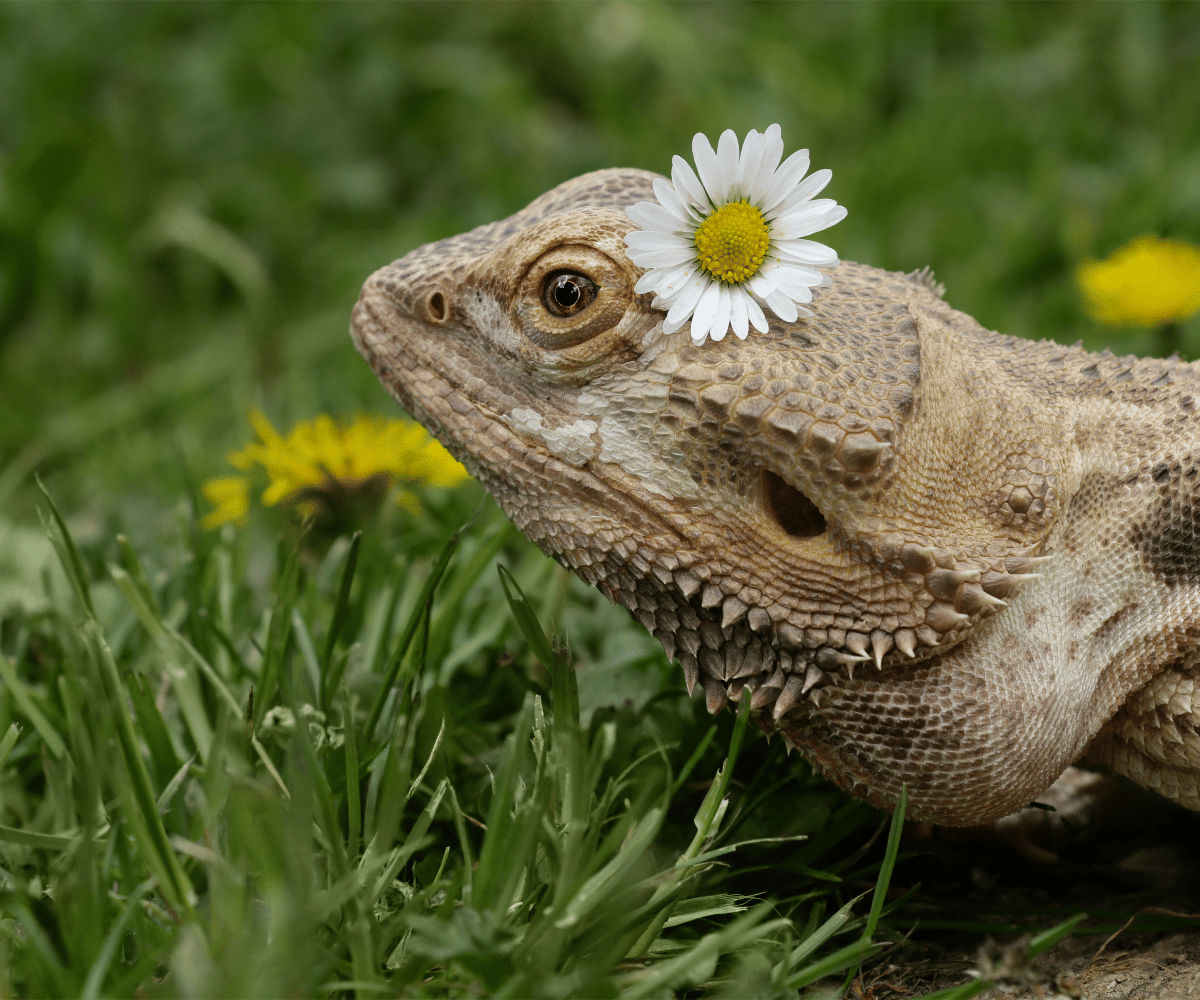
Bearded dragons are such charming companions, aren't they? With their easy-going temperament and interesting eating habits, they make for some pretty cool pets. As omnivores, these little guys enjoy a good mix of veggies, fruits, and insects. But have you ever thought about treating your beardie to some flowers for a bit of fun and diversity in their meals? Well, you're in luck! We've put together a detailed guide to help you figure out which flowers are safe to share with your scaly pal.
Key Takeaways:
- Bearded dragons can safely consume certain flowers, which can provide variety and nutrition.
- It's essential to know which flowers are non-toxic and how to prepare them for your pet.
- Always introduce new foods gradually and monitor your bearded dragon for any adverse reactions.
Understanding Bearded Dragon Diets
Bearded dragons have specific dietary requirements that must be met for them to thrive. Their diet typically consists of a combination of insects, vegetables, and occasional fruits. Flowers can also be a nutritious and enjoyable addition. It's crucial to understand the balance of nutrients needed to maintain your bearded dragon's health before introducing new food items.
When considering flowers for your bearded dragon, it's important to ensure they are free from pesticides and other chemicals. Organic or home-grown flowers are the safest options. Remember, not all flowers are safe, and some can be toxic, so proper identification is key.
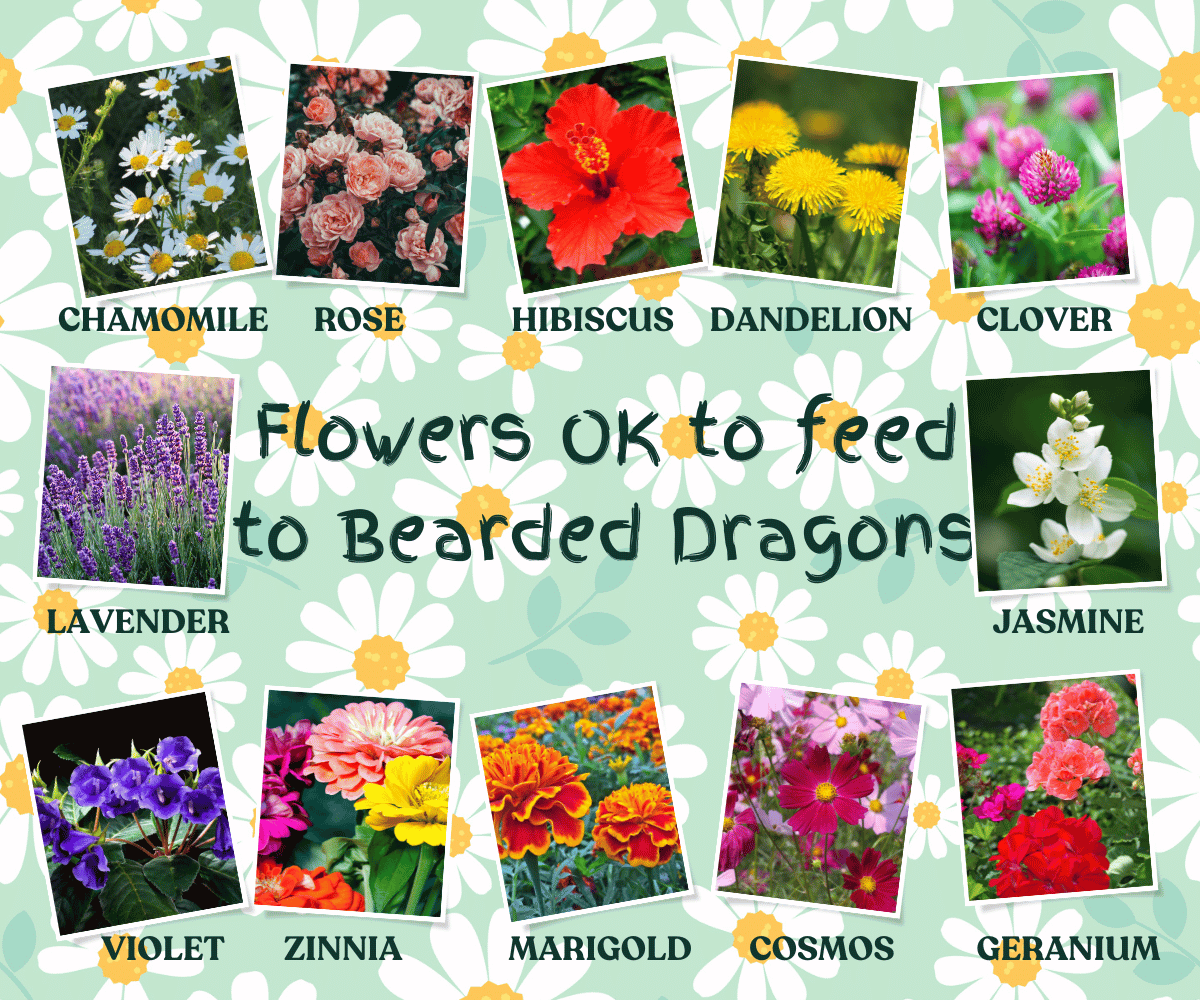
Safe Flowers for Bearded Dragons
There are several flowers that are safe for bearded dragons to eat. These include roses, hibiscus, clover, chamomile, dandelions, and lavender. These flowers are not only non-toxic but also provide health benefits such as vitamins and minerals. Before feeding any flower to your bearded dragon, make sure it's thoroughly washed to remove any potential contaminants.
Hibiscus flowers, in particular, are a favorite among bearded dragons. They are high in vitamin C and can help boost your pet's immune system. Dandelion flowers and leaves are also beneficial as they contain calcium, which is essential for bone health. Chamomile is known for it's soothing properties and can have a calming effect on your gragon.
Preparing Flowers for Consumption
When introducing flowers into your bearded dragon's diet, it's important to prepare them properly. This means washing them thoroughly to remove any dirt or potential pesticides. Don't pick flowers from the side of a road, as they can contain more toxins from car exhaust. If you're picking flowers from your garden, ensure they haven't been treated with chemicals that could harm your pet.
Once cleaned, you can offer the flowers fresh or dried. Some owners prefer to mix the flowers into their bearded dragon's salad to encourage them to try the new food. Always chop the flowers into appropriate sizes to prevent choking hazards and to make it easier for your beardie to eat.
Frequency and Portion Control
While flowers can be a healthy addition to your bearded dragon's diet, they should not make up the majority of their food intake. Flowers are best served as a treat or supplement to their regular diet. A good rule of thumb is to offer flowers in moderation, perhaps a couple of times a week.
Portion control is also important. A small handful of petals or a couple of whole flowers per serving is sufficient. Overfeeding flowers can lead to digestive issues or nutritional imbalances, so it's important to keep portions reasonable.
Identifying Non-Toxic Flowers
Not all flowers are safe for bearded dragons, so it's crucial to be able to identify non-toxic varieties. Research is key, and when in doubt, it's best to err on the side of caution and avoid feeding a particular flower. There are many additional resources available online and in pet care literature that can help you identify safe options.
The Benefits of Floral Variety
Incorporating a variety of flowers into your bearded dragon's diet can provide several benefits. Different flowers contain different vitamins and minerals, which can contribute to a well-rounded diet. Additionally, the various colors and textures of flowers can provide mental stimulation and encourage natural foraging behaviors.
Variety can also prevent your bearded dragon from becoming bored with their food. Just like humans, bearded dragons can enjoy a change in their diet. Introducing new flowers occasionally can keep mealtime interesting for your pet.
Flowers to Avoid
While many flowers are safe for bearded dragons, there are some that should be avoided due to their toxicity. Flowers such as lilies, azaleas, and oleander are toxic to bearded dragons and should never be fed to them. It's important to familiarize yourself with toxic plants and ensure they are not accessible to your pet.
If you suspect your bearded dragon has ingested a toxic flower, it's crucial to seek veterinary care immediately. Symptoms of toxicity can include lethargy, loss of appetite, and vomiting. Quick action can prevent serious health issues or even save your pet's life.
Introducing New Foods Gradually
When adding flowers or any new food to your bearded dragon's diet, it's important to do so gradually. This allows you to monitor your pet for any adverse reactions, such as allergies or digestive issues. Start with a small amount of the new flower and observe your bearded dragon over the next 24 hours.
If there are no negative reactions, you can slowly increase the amount of the flower in subsequent feedings. Always keep a close eye on your bearded dragon's behavior and health when introducing new foods, and consult with a veterinarian if you have any concerns.
Summary
Feeding flowers to your bearded dragon can be a delightful way to add variety and nutrition to their diet. Safe options like hibiscus, dandelions, and nasturtiums can offer health benefits and mental stimulation. It's essential to introduce new foods gradually, monitor your pet's health, and always ensure the flowers are non-toxic and properly prepared. With the right knowledge and care, flowers can be a wonderful addition to your bearded dragon's dietary repertoire.
FAQ Section
Q: How often can I feed my bearded dragon flowers? A: Flowers should be fed in moderation, ideally a couple of times a week as part of a balanced diet.
Q: Are there any flowers that are particularly good for bearded dragons? A: Hibiscus, dandelions, and nasturtiums are some of the best options due to their nutritional content and non-toxic nature.
Q: What should I do if my bearded dragon eats a toxic flower? A: If your bearded dragon consumes a toxic flower, seek veterinary care immediately. Quick action is essential to prevent serious health issues.
